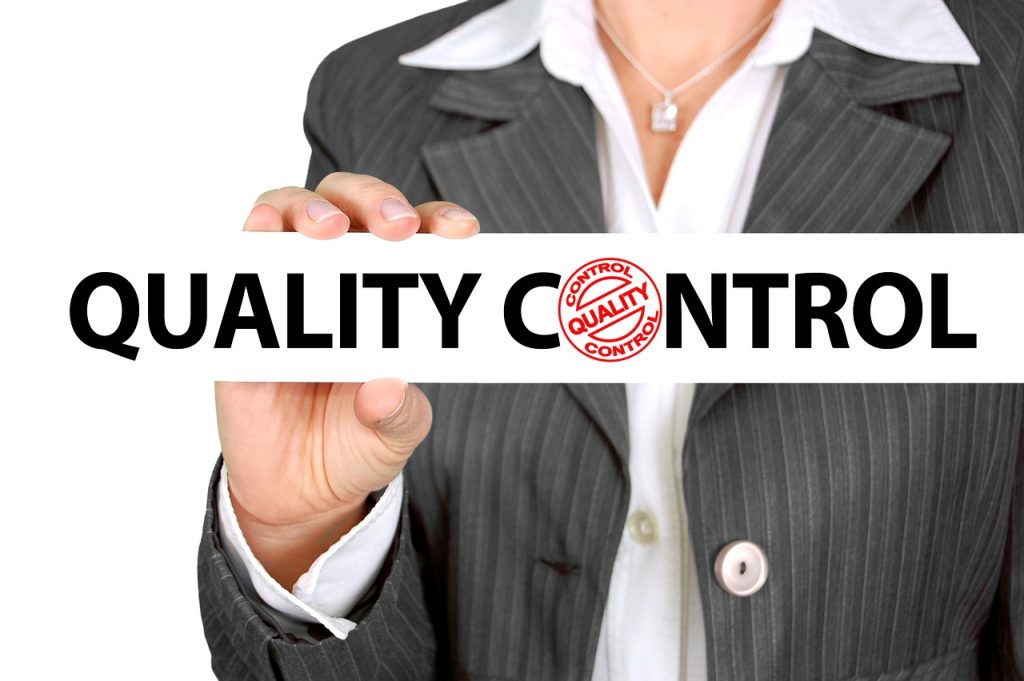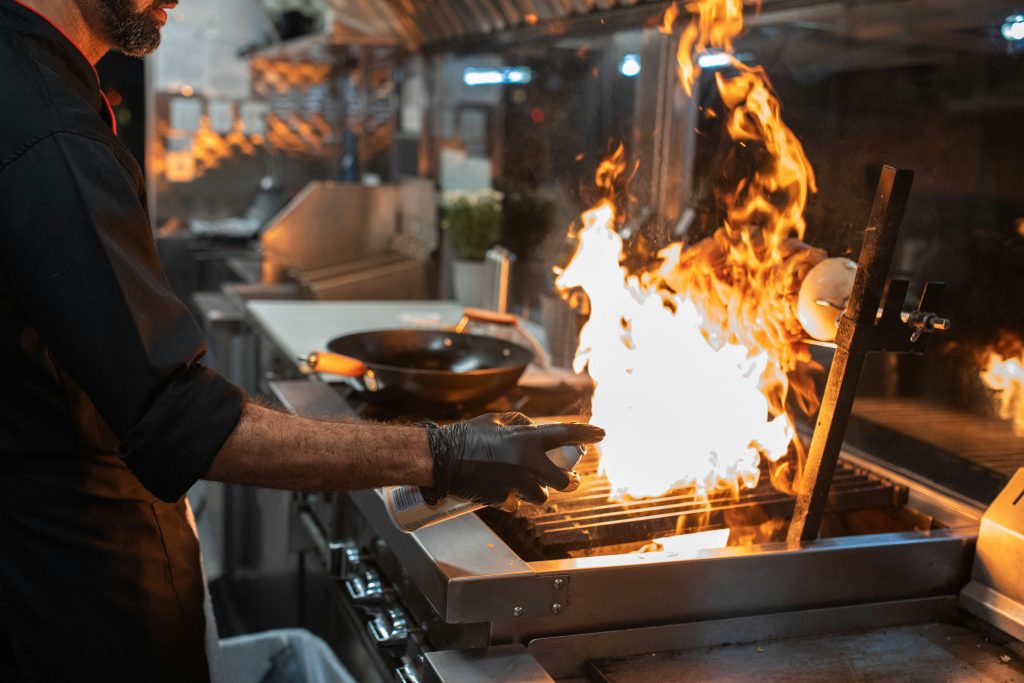The restaurant industry is a competitive one. As a restaurant owner, you must constantly strive to keep your food costs under control in order to stay ahead of the competition. In 2023, with the economy still in recovery, it will be more important than ever to be mindful of your restaurant’s food costs. Keeping your food costs down can help you maximise profits while still providing quality food to your customers. In this blog post, we will discuss several tips and tricks you can use to keep your food costs down in 2023. Let’s get started!
1. Implement a Menu Engineering Strategy
Menu engineering is an essential strategy for any restaurant looking to keep their food costs in check. It involves analysing the current menu and making changes to the items depending on their cost and popularity. By focusing on items that have high profitability margins, restaurants can maximise their profits while still providing customers with the food they enjoy. One way to begin menu engineering is to analyse the current menu to determine which items are the most profitable and which are the least profitable. Once these items are identified, changes can be made to increase the profitability of the higher-margin items while reducing the food costs associated with the lower-margin items.
2. Utilise Technology to Track Food Costs
Utilising technology to track food costs in your restaurant is a great way to ensure that your business is staying within budget. By keeping an accurate record of all your food purchases, you can ensure that you’re not overspending on unnecessary items. Additionally, you can use this data to identify trends and identify areas where you can cut costs. Investing in a software program or a restaurant POS system can help you easily monitor and analyse your food costs. Technology can also be used to measure and monitor your inventory. With the right tools, you can keep track of what ingredients you have on hand and when they need to be restocked. This will help you make sure that you’re not over-purchasing and that you’re always prepared for peak times. Technology can also be used to quickly and efficiently mark down prices on items that are not selling or nearing their expiration date. This will help you make sure you’re not wasting any food or money.
3. Monitor Food Waste
Keeping an eye on how much food is being thrown away is important for long-term success. When food is wasted, money is wasted as well. Keeping track of what is being thrown away will help you identify areas where you can improve and cut down on unnecessary waste. One way to monitor food waste is to have your staff track the amount of food that is thrown away each day. This will give you a good idea of how much food is being wasted and what types of food are being thrown away the most. You can then use this information to identify areas where you can make changes and reduce the amount of food that is being wasted. Another way to monitor food waste is to perform regular inventory checks. You can compare how much food you purchased to how much food you actually used. This will give you an idea of how much food you are throwing away and how you can adjust your purchasing and portion sizes to reduce waste.
4. Utilise Bulk Purchasing
One of the best ways to keep your food costs under control in 2023 is to take advantage of bulk purchasing. Bulk purchasing will allow you to buy large quantities of food at discounted prices, saving you money in the long run. This can be especially beneficial if you’re able to purchase items in bulk that you use frequently in your restaurant. Not only can bulk purchasing save you money, but it can also help you save time. When you purchase items in bulk, you can minimize the time spent running to the store for ingredients or ordering them online. This can help you streamline your operations and reduce labor costs as well. Additionally, you can set up a delivery schedule with your bulk purchase vendors to ensure that you always have what you need.
5. Negotiate with Suppliers
If you want to keep your food costs under control in 2023 in your restaurant, one of the best things you can do is to negotiate with suppliers. This could include asking for better prices, more discounts, or more flexible terms. Negotiating with suppliers can be a difficult process, but it can also be a very rewarding one. Doing so will allow you to get the best deals on the products that you need for your restaurant, and it can also save you money in the long run. When negotiating with suppliers, it’s important to be prepared and clear about what you want to get out of the negotiation. Having a clear list of the products you need, what prices you are willing to pay, and the terms you would like to negotiate can help ensure that you get the best deal possible. Additionally, it’s important to be patient and persistent when negotiating with suppliers. You may not get the results you want right away, but if you stick to your guns, you may be able to get the prices and terms that you are looking for.
Ultimately, it’s clear that there are many approaches that can be taken. By implementing smarter buying practices, controlling portion sizes, and taking advantage of technology, you can ensure that your food costs remain manageable. Overall, food costs are an important part of running a successful restaurant. By taking the time to understand and plan accordingly, you can keep your food costs in check and ensure that your restaurant is running as efficiently and effectively as possible in 2023. By taking the time to review and implement the strategies outlined in this article, you can ensure that you are ahead of the game and on your way to a profitable and successful restaurant.



